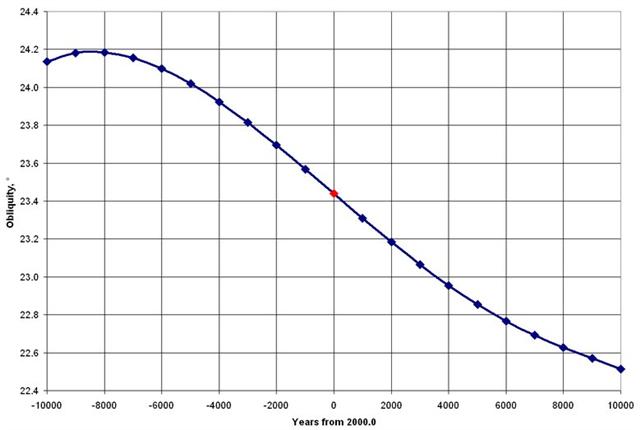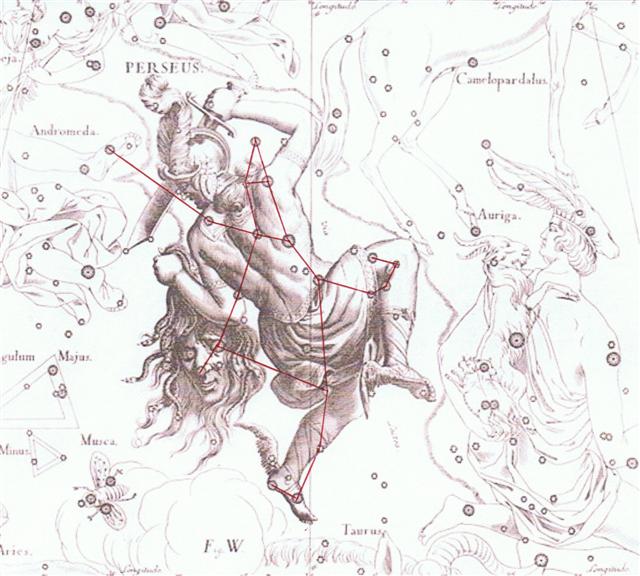Although it at first might appear as if the region around the south ecliptic pole was occupied by the Coalsack Bird (the Black Magellanic Cloud), located below the Southern Cross, it is not. This object is instead the Large Magellanic Cloud (LMC):
The constellation which looks similar to Cassiopeia, between LMC and the position of the celestial South Pole around 5000 BC, is Reticulum (the Rhombic Net), and the rhomb figure adjacent to LMC is not the Southern Cross but a part of the constellation Dorado.
It is crystal clear though that Canopus ruled down there and that in overview it was like a great hour-glass:
The celestial poles are not fixed but due to the force of the precession they and the other cardinal points move around a cycle in about 26000 years - the estimate according to the ancients.
The present limit of the celestial polar regions can be defined from the declination of the star γ Andromedae we can see in the illustration above. Its current place is at declination 42º 05' N. In other words the measure across the polar regions should be 2 * (90º - 42º 05') = 2 * 47º 55' = 95º 50' or around 96º. The width of the polar regions is thus around 2 * 96º = 192º and 360 - 192 = 168 = 2 * 84 (→ Julian spring equinox). The ecliptic plane around the Sun is tilted around 23º and this measure defines 2 * 23º = 46º (= 366 - 320) as a kind of central belt. Which in turn also defines a kind of polar cap. 2 * 46º = 92º and 365 - 92 = 273 (= 3 * 91).
... three lines are drawn east and west, one across the northern section indicates the northern limit of the Sun (corresponding with the Tropic of Cancer) about the 15th and 16th days of the month Kaulua (i.e., the 21st or 22nd of June) and is called ke alanui polohiwa a Kane, the black-shining road of Kane. The line across the southern section indicates the southern limit of the Sun about the 15th or 16th days of the month Hilinama (December 22) and is called ke alanui polohiwa a Kanaloa, the black-shining road of Kanaloa. The line exactly around the middle of the sphere is called ke alanui a ke ku'uku'u, the road of the spider, and also ke alanui i ka Piko a Wakea, the way to the navel of Wakea (the Sky-father) ... But the angle of obliquity changes over time, having been 24º around 5000 years ago:
... In Babylonia the constellation was named Apin and it included Alamak (γ Andromedae):
... This is Alamac in the Alfonsine Tables and 1515 Almagest; Riccioli's Alamak; Flamsteed's Alamech; now Almach, Almak, Alamaack, and Almaac or Almaak; all from Al 'Anāk al 'Ard, a small predatory animal of Arabia, similar to a badger, and popularly known there as Al Barīd. Scaliger's conjecture that it is from Al Mauk, the Buskin, although likely enough for a star marking the left foot of Andromeda, is not accepted; for Ulug Beg, a century and a half previously, as well as Al Tizini and the Arabic globes before him, gave it the animal's name in full. But the propriety of such a designation here is not obvious in connection with Andromeda, and would indicate that it belonged to very early Arab astronomy ... ... Gamma Andromedae ... is the third brightest star in the constellation of Andromeda. It is also known by the traditional name Almach (also spelt as Almaach, Almaack, Almak, Almaak, or Alamak), from the Arabic العناق الأرض al-‘anāq al-’arđ ... 'the caracal' (desert lynx). Another term for this star used by medieval astronomers writing in Arabic was آلرخل المسلسلة Al Rijl al Musalsalah 'the Woman's Foot'. In Chinese, 天大將軍 (Tiān Dà Jiāng Jūn), meaning Heaven's Great General, refers to an asterism consisting of γ Andromedae, φ Persei, 51 Andromedae, 49 Andromedae, χ Andromedae, υ Andromedae, τ Andromedae, 56 Andromedae, β Trianguli, γ Trianguli and δ Trianguli. Consequently, γ Andromedae itself is known as 天大將軍一 (Tiān Dà Jiāng Jūn yī, English: the First Star of Heaven's Great General.) In the catalogue of stars in the Calendarium of Al Achsasi al Mouakket, this star was designated جمس ألنعامة Khamis al Naamat, which was translated into Latin as Quinta Struthionum, meaning the fifth ostrich ... ... The name 'lynx' originated in Middle English via Latin from Greek word 'λύγξ', derived from the Indo-European root '*leuk-', meaning 'light, brightness' ... ... Caracal ... feline animal of N. Africa ... F. or Sp. caracal - Turk. qarahqulaq, f. qarah black + qulak ear ...
|


.jpg)

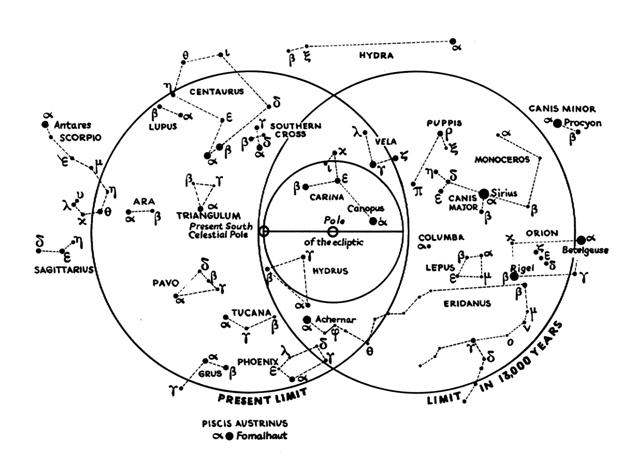
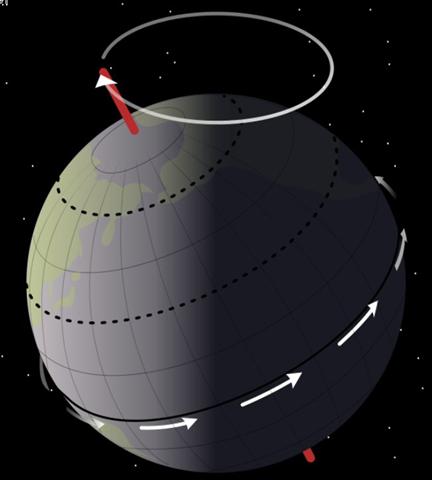
.jpg)
.jpg)
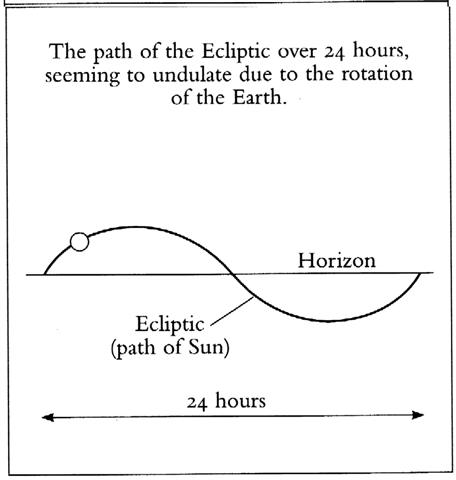
.jpg)
